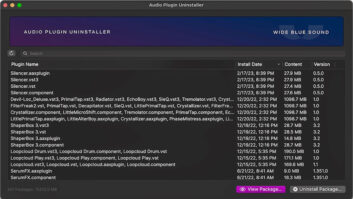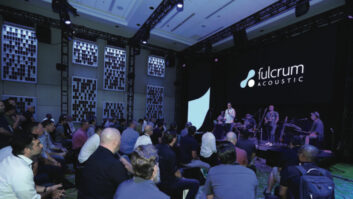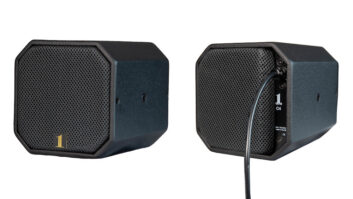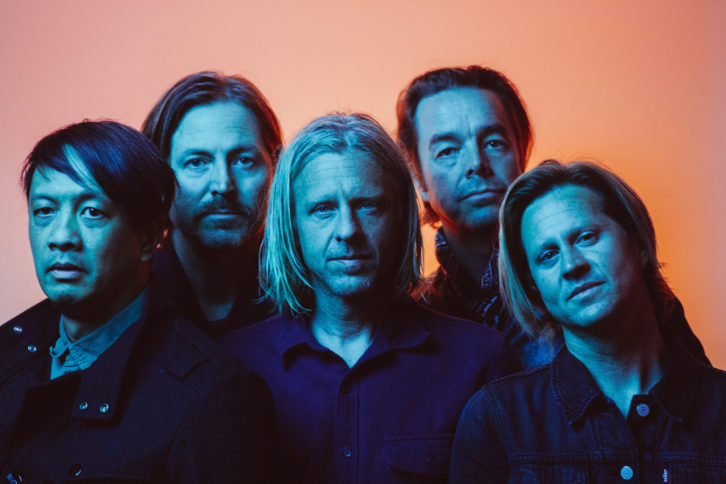
Tony Berg is giving a tour of his studio space at the famed Sound City. The longtime producer, musician, sometime music manager and A&R executive smiles widely as he enters room after room, knowing that his extensive and jaw-dropping collection of instruments and gear is exactly the kind of thing that gets any musician who works with him inordinately excited.
This is Zeitgeist Studios, which for 35 years was located in the backyard of Berg’s home in Los Angeles. Berg and his partner, musician and producer Blake Mills, leased Sound City a few years back following the famed studio’s closure. Now, the legend of the location combined with the legend of Berg makes recording with him a destination experience.

Switchfoot, the 25-year-strong five-piece from San Diego, was not aware of any of this when they approached Berg to produce their 12th album, Interrobang. But, they had heard his award-winning work on Phoebe Bridgers’ most recent album, Punisher, and its predecessor, Stranger in the Alps, as well as on a project by their tour mates, Phantom Planet’s Raise the Dead.
“We had a full record of great seeds of songs that we could, in a couple of weeks, finish,” says Switchfoot frontman Jon Foreman, who, like his brother Tim, the group’s bassist, is an accomplished songwriter and producer in his own right. “The year completely unraveled, and none of those songs felt at all relevant or important anymore. We’re always looking for a chance to grow. You don’t grow without some form of pain, some challenge, some difficulty. We were thinking, ‘Who is the person that could teach us at this point in our career?’ Tony Berg was at the top of that list.”
GETTING TO KNOW YOU
“Are you sure you mean me?” was the first thing Berg asked Switchfoot when they reached out to him. Once the group confirmed it was, in fact, him they wanted, they sent the producer 100 songs for consideration. Some were years old, forgotten on old computers and drives.
“None of this album would have been created in a normal year,” Foreman says. “When we had so much time home, we started cleaning the studio, finding hard drives and dusting them off. The irony is, a song that was written 15 years ago carries the exact sentiment that I feel right now, maybe more so than anything I wrote in the past two years. It felt essential, not novel.”
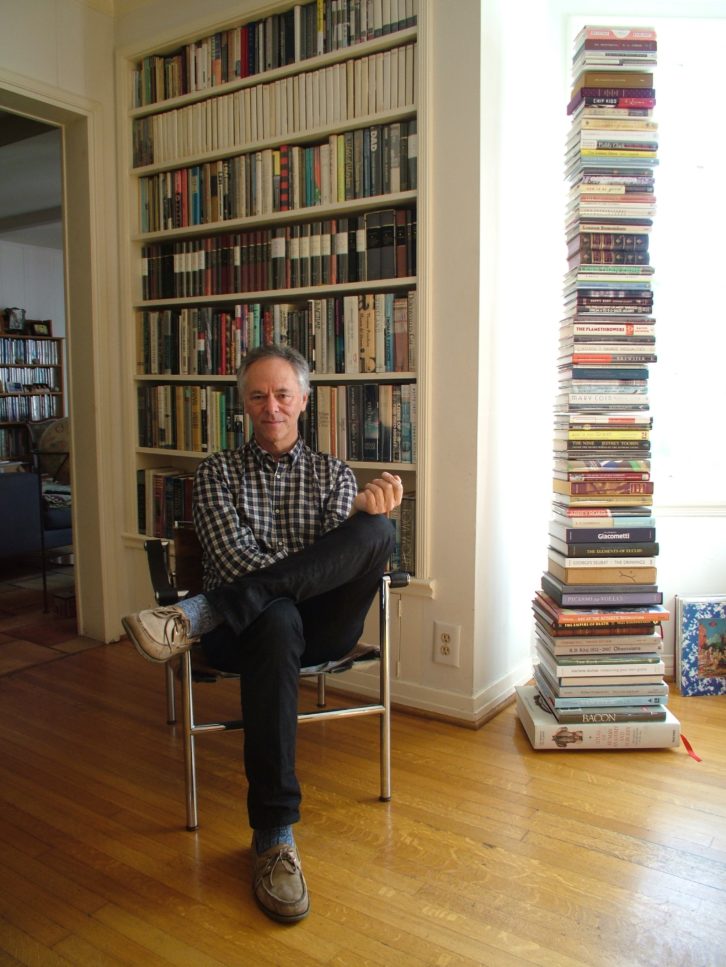
Berg listened to every single one of those 100 songs all the way through. He pulled out 14 that he felt were great. “They wanted not to sound like previous records,” recalls Berg. “That was easy for me because I’ve never heard them. I still haven’t. I approached Switchfoot as a debut band.”
Berg went to Switchfoot’s studio in Carlsbad, Calif., for a few weeks of pre-production, which he calls “rehearsals.” It was at these sessions where the most growth and change happened for the group.
“They hadn’t recorded as a band in the longest time,” Berg explains. “Jon is the source of the bulk of the material. He plays every instrument really well. Tim, likewise, does everything. They had gotten used to creating stuff together, then presenting it to the band to overdub. When I heard the band rehearse, I thought they were great players and should be a more democratic unit, allowing each voice to be heard and feel that symbiosis in the room.”
Most of the songs were far along in arrangement and production, but Berg asked Switchfoot to approach the material as if they weren’t. A seasoned arranger and multi-instrumentalist, Berg was able to not only discuss, but demonstrate, his ideas to the band, song-by-song.
Says Berg: “Some of it was quite contrary to the way they normally do things. But I said, ‘Try not to hear your parts as individual parts but as parts of a larger whole.’ As soon as they started to think that way, and they heard counterpoint and counter rhythms and what the intricacies of an arrangement can bring, they became excited. I think it was revelatory for the whole band.”




